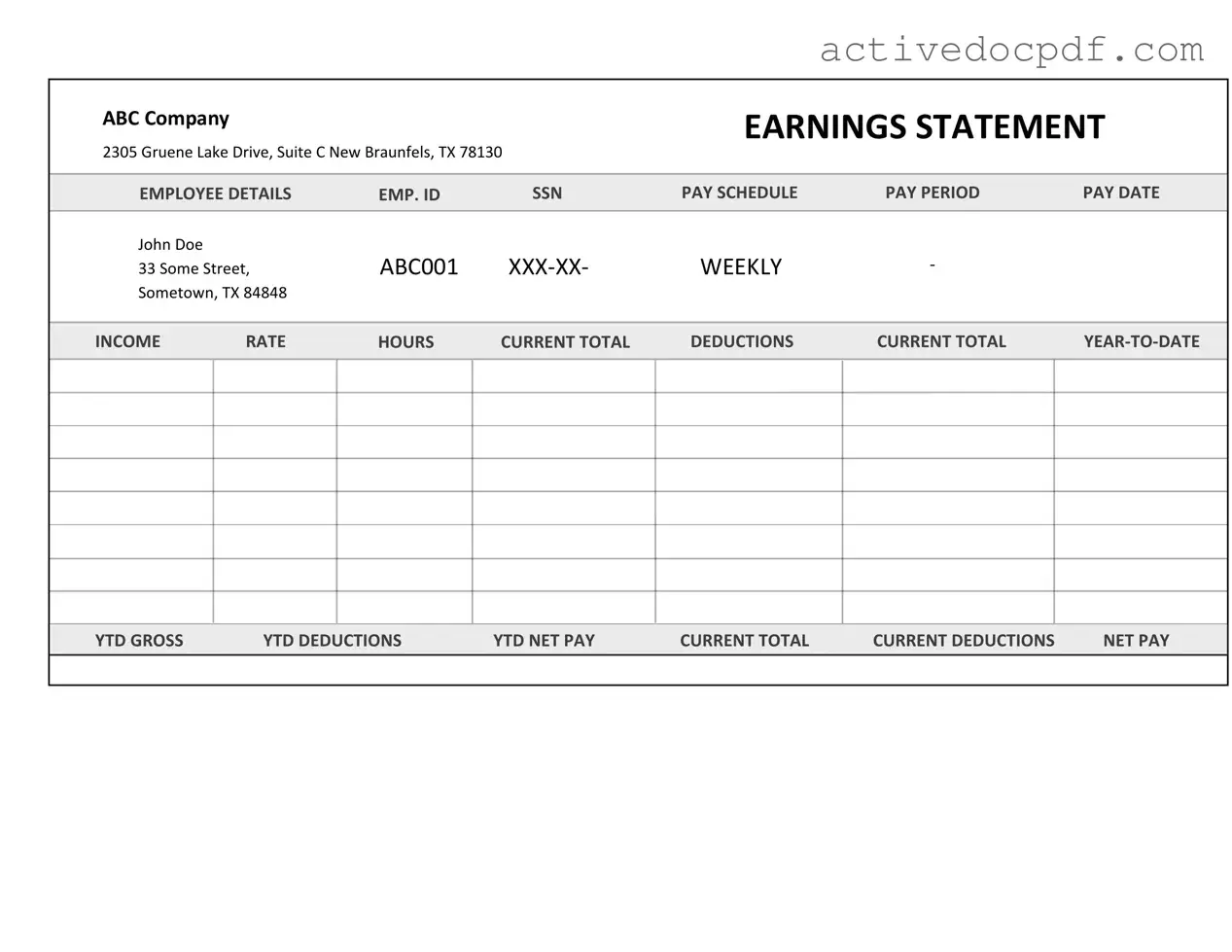Free Independent Contractor Pay Stub PDF Form
The Independent Contractor Pay Stub form is a document that outlines the payment details for services rendered by a contractor. It serves as a record of earnings, helping both contractors and clients keep track of payments made. Understanding this form is essential for ensuring transparency and compliance in independent work arrangements.
Edit Form Online
